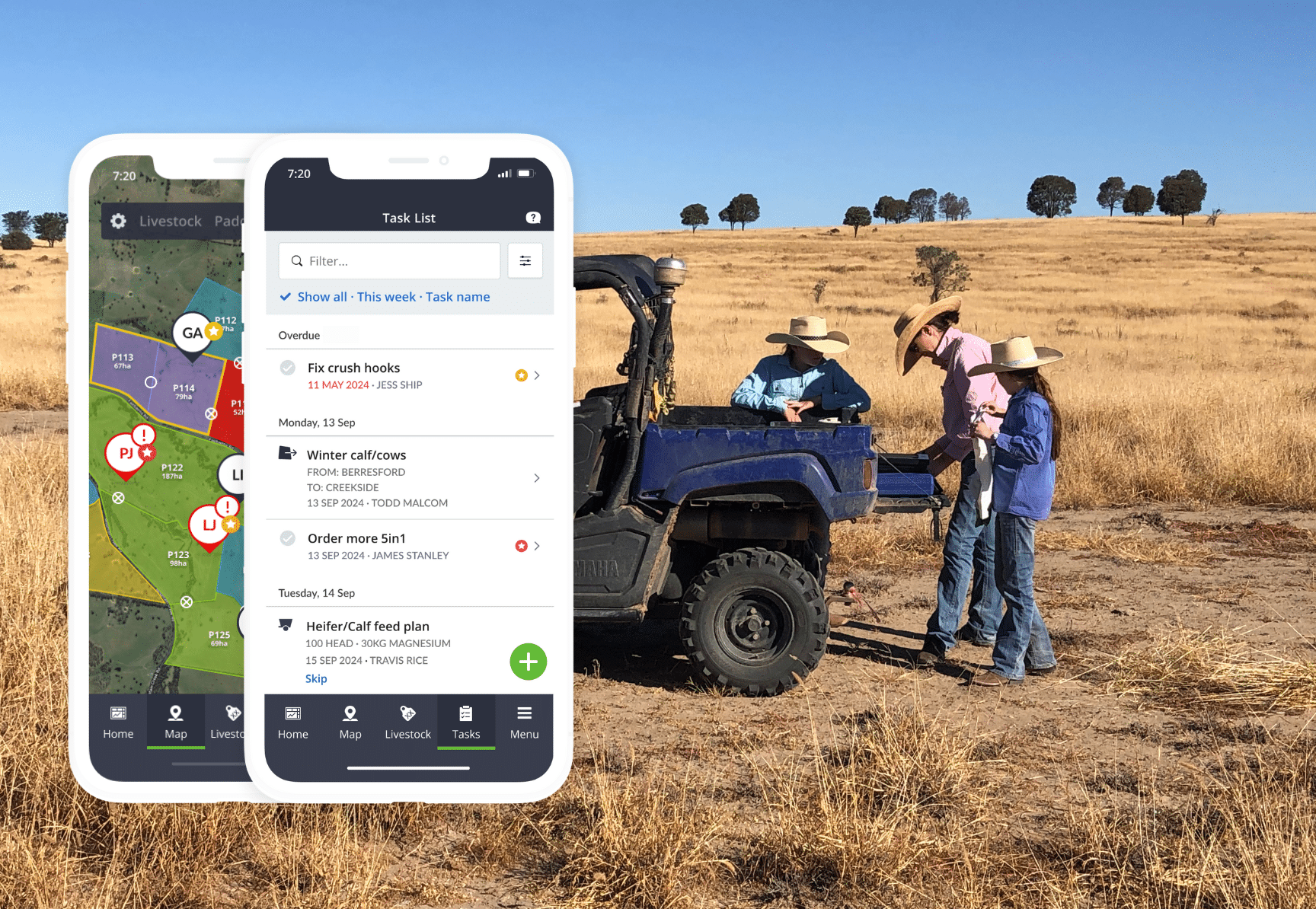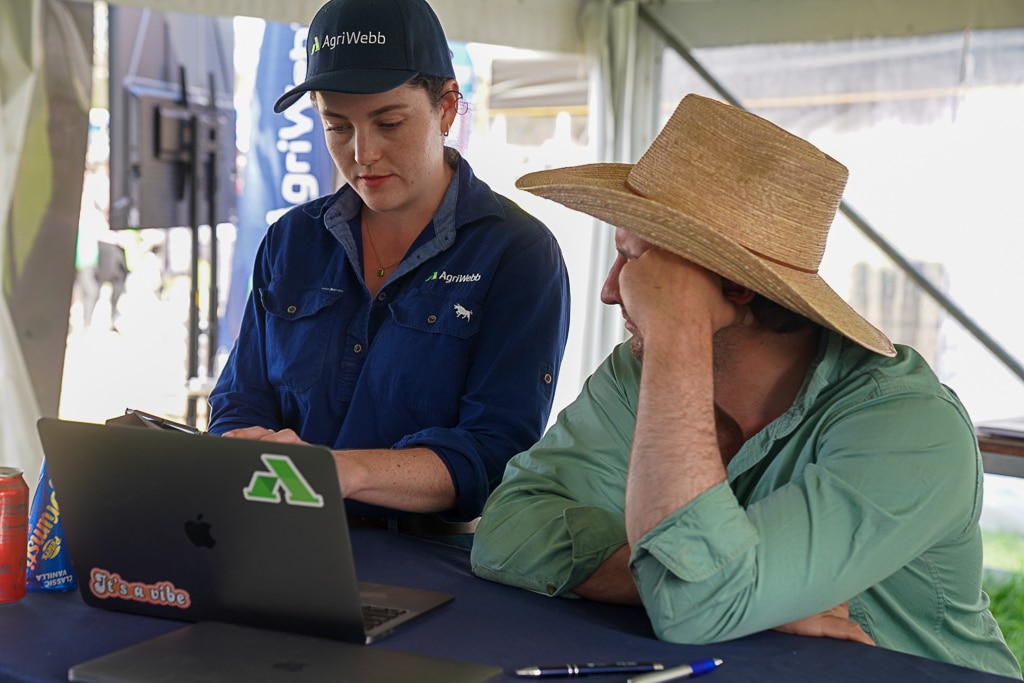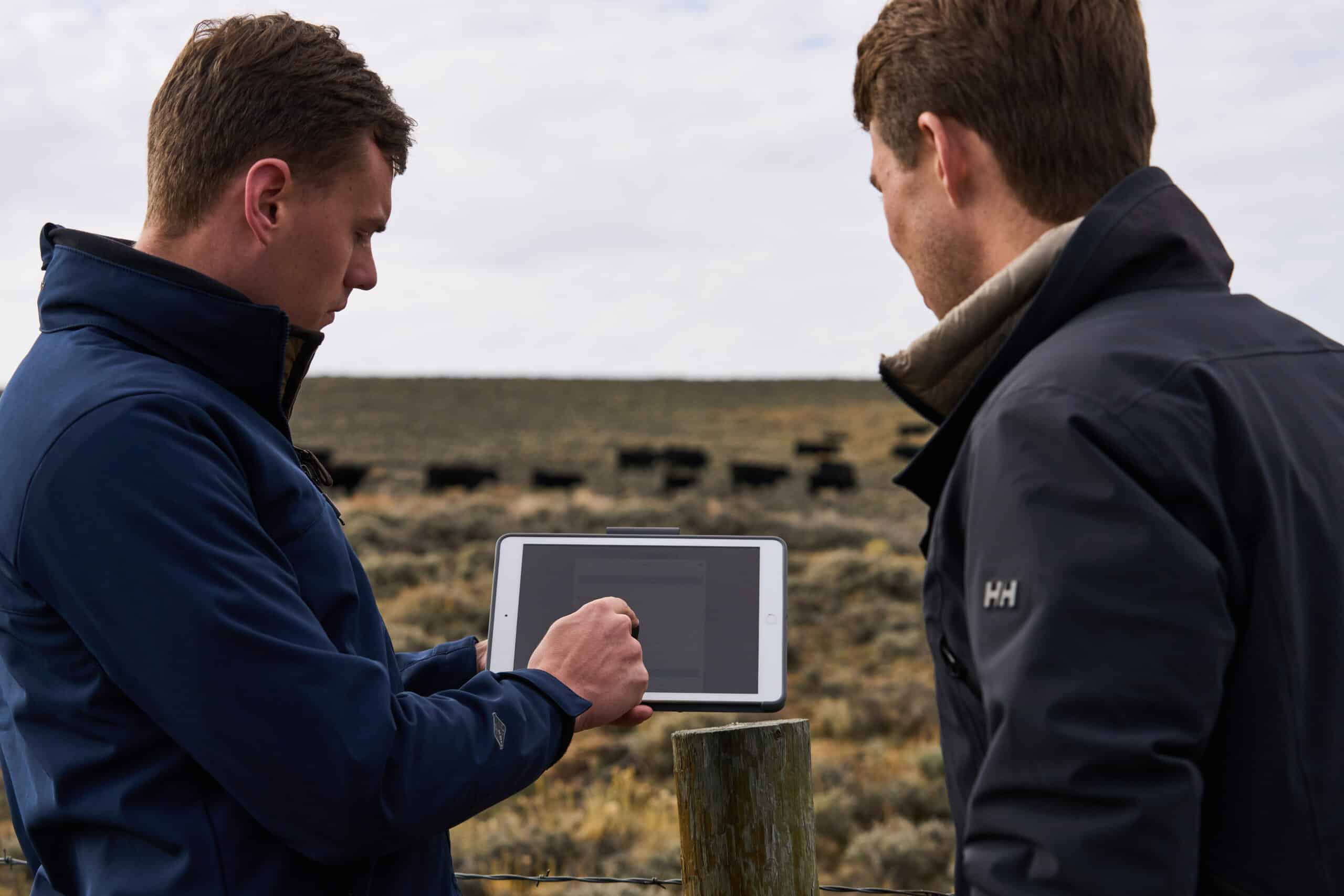Learning together: Progress in US beef sustainability

In my latest articles, I outlined how to effectively engage ranchers in measurable climate action, and mentioned that my team designed several programs around these principles. For those who missed it, here is a quick catch-up:
- Bridging the Beef Divide
- Top 3 Ways McDonald’s, Walmart and JBS Can Reduce the Climate Footprint of Beef; and
- The 4-Part Carbon Series on insetting, offsetting, soil carbon and rotational grazing
With incredible luck, other organizations have now come to the table with AgriWebb, making it possible for us to launch several programs engaging ranchers in climate action through financial incentives, technical assistance, and digital tooling.
These programs, funded by McDonald’s, OSI Group, Nestlé Purina Petcare and Cargill, have become the first of their kind to leverage software platforms that enable granular ranch data collection and greenhouse gas modeling around climate-smart practices. Operating across the Great Plains, these programs offer ranchers access to expert, on-the-ground technical assistance on how to improve their productivity and financial health, along with fully subsidized ranch management software from AgriWebb. The data-based greenhouse gas modeling also enables payments to be made to producers based on actual reductions in greenhouse gas emissions achieved on each grazing operation.
These various greenhouse gas reduction programs are described here in detail for interested producers, including for example:
- Ranching for the Future, sponsored by McDonald’s and its supplier OSI Group. This program is currently recruiting its second cohort of ranchers across South Dakota, North Dakota, Minnesota and Montana. Beyond AgriWebb, partners on this program include AgSpire, a South Dakota based technical assistance provider, and Regrow Ag, a leading platform for Measurement, Monitoring, Reporting, and Verification (MMRV).
- The Legacy Landscapes Program, funded by Nestlé Purina Petcare, launched in Texas last year and is expanding to Nebraska and Kansas. National Grazing Lands Coalition serves as the technical assistance lead for this program, bringing to the table its extensive membership of regional coalitions that support ranchers in crafting their own journey within the program. Regrow Ag serves as the MMRV provider, and has established a technical integration with AgriWebb’s API to enable streamlined data sharing that is both transparent and permissioned by each producer involved.
As these programs launch and expand, the learnings have been rapid and ongoing. However, several key challenges remain that the industry must tackle collectively. For example:
- There is no published, consensus-based insetting methodology guiding how corporates can invest in ranch level climate-smart interventions and report claimable outcomes in alignment with the Greenhouse Gas Protocol.
- Reaching enough producers to hit ambitious corporate sustainability targets will require new methods for rancher engagement and recruitment.
- Many US producers are not familiar with the value of digital tools, and need to be met where they are, with a clear introduction to how these tools can benefit their operations. When producers start to understand their data, the financial and operational benefits become tangible (e.g., read about rancher John Bucholz’ digital journey in this case study.)
AgriWebb and our project partners are actively tackling these challenges, and I have a renewed sense of hope that they are both surmountable and real opportunities to establish solutions that will last decades.
With these programs expanding and engaging ranchers, what do current trends in the US bode for 2025?
Anyone following sustainability news the last few months is likely feeling a bit uncertain. Programs funded by USDA Partnerships for Climate-Smart Commodities grants have been put on hold by federal action, including two projects that AgriWebb is partnered on led by American Farmland Trust and Farm Journal. Global food and agriculture corporations are also tightening their sustainability funding or reframing their approaches.
What does this mean for the future of beef sustainability for the industry and for ranchers?
At the end of the day, there are still three clear goals that the beef industry can align around with benefits for both corporations and ranchers:
- Prevent conversion of intact grasslands by improving the financial health and landscape stewardship of our many grazing operations;
- Increase productivity of grazing operations through improvements in animal welfare, forage productivity, and fertility outcomes, which also benefit ranch profitability; and
- Improve the efficiency and ease of corporate sustainability reporting (e.g., for SBTi, the European Union’s CSRD, California’s Climate Disclosure Regulations), while driving measurable climate impact and improving supply chain resilience.
Ranchers will need to carefully assess their options under these agendas, selecting practices and programs that most align with their long term goals as families, grazers and businesses. The good news is that new projects are coming online every year, both privately and publicly funded, providing ranchers with an expanding menu of options to choose from.
As corporations assess where to invest in their supply chains in support of these goals, they will now more than ever be looking for the business case for investing. In other words, how do sustainability investments at the ranch level help them to deliver improved outcomes to customers, better beef economics, or ensure the resilience of their supply chains? How will those outcomes be measured and verified, and at what cost?
Another developing trend in 2025 that I will cover in an upcoming article is renewed interest in developing traceability in US beef supply chains. This approach could unlock interesting opportunities for sustainability claims that would benefit both ranchers and corporates, but also requires overcoming several technical, regulatory and commercial challenges that have not yet been solved. I’ll cover the latest developments on that front and what can be learned from similar efforts in Australia, the UK and elsewhere in my next post.
Looking ahead, beef sustainability in 2025 is about streamlining partnerships, driving efficiency and ROI, and identifying the intersection between rancher and corporate interests.
The world is connected like never before. Our own global AgriWebb team is based in the United States, Australia, UK, Colombia and Brazil. We continually learn from each other and our partners about different ways of working, technology adoption, and the sheer diversity across livestock operations. It is through such connections—and meaningful, strategic collaboration across the beef supply chain and the technology ecosystem—that we will unlock progress towards the goals above, which remain as important as ever.
If you have thoughts on this article or suggestions for future topics, please reach out to us with your thoughts at sustainability@agriwebb.com.



